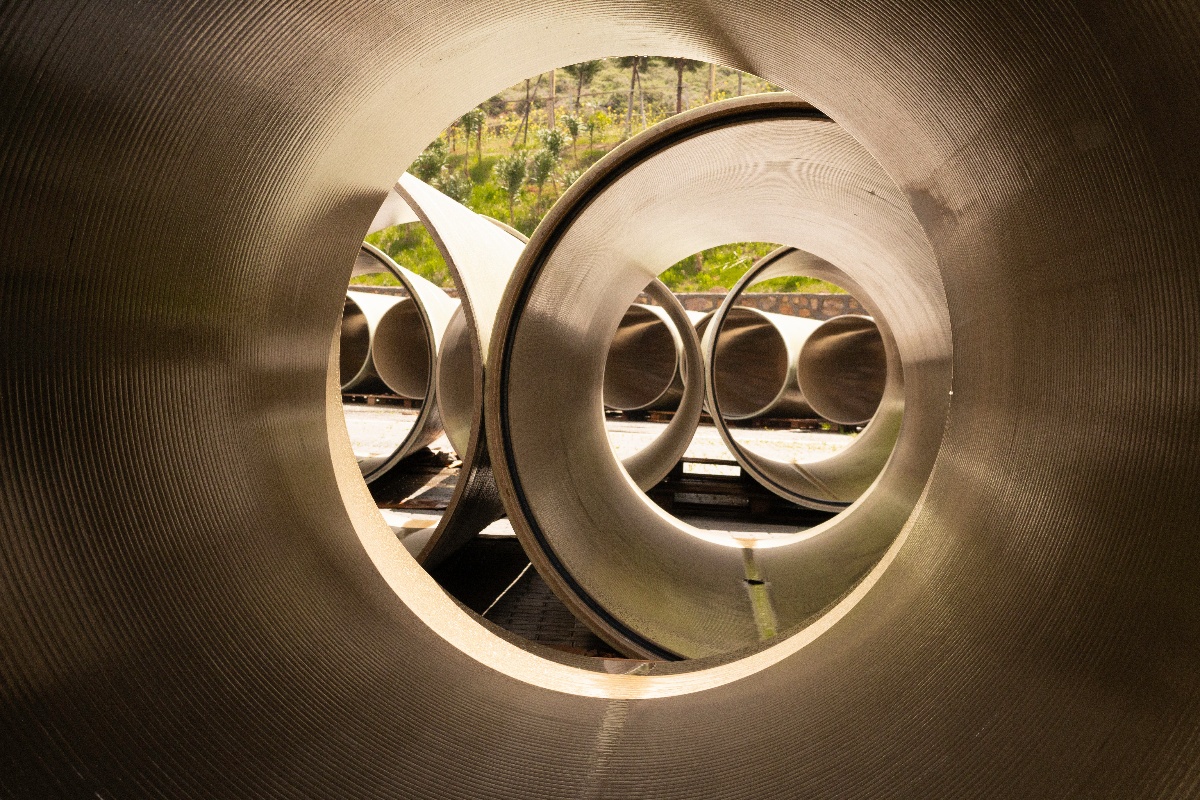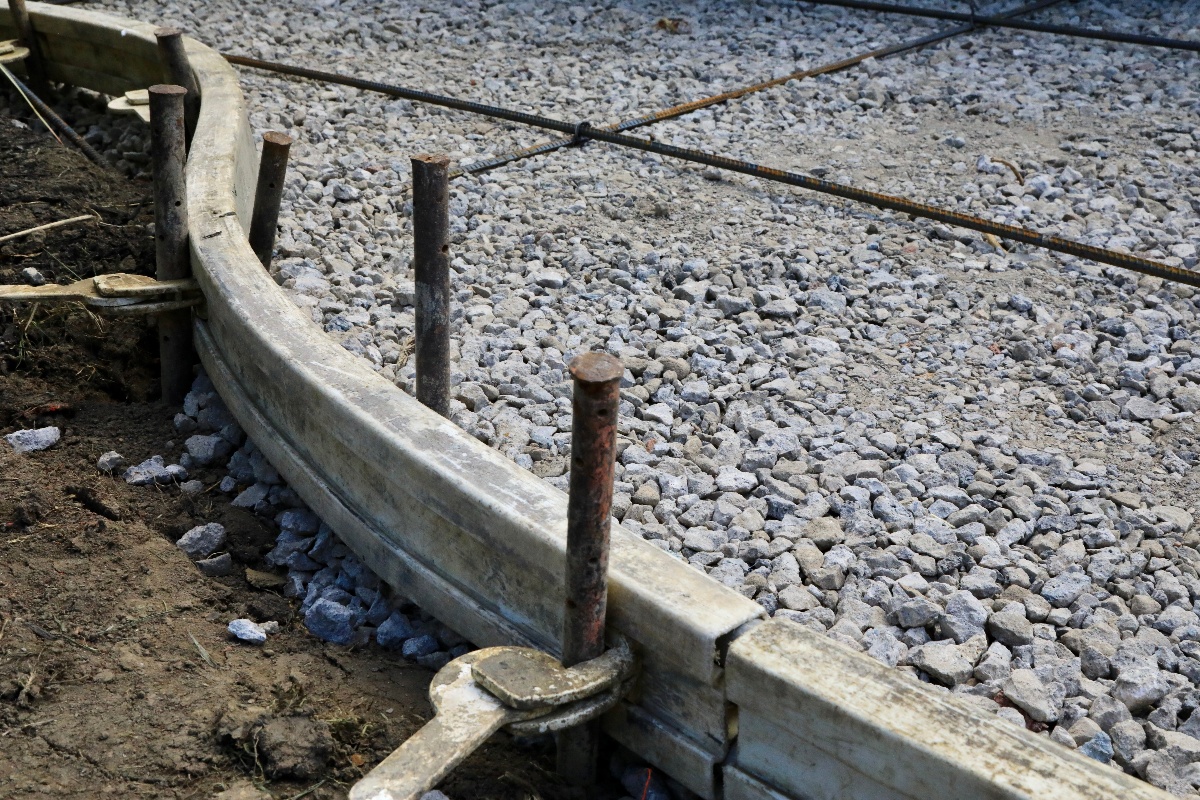
Fiberglass-reinforced plastic (FRP) products have become ubiquitous across industries, providing durable yet lightweight composite material properties that have opened up innovative applications. FRP is composed of plastic polymers, usually an epoxy or polyester resin, that has been reinforced by fine glass fiber strands. The resulting composite material combines glass's high strength and rigidity with plastic's corrosion resistance and energy absorption capability.
Common FRP products include boat hulls and decks, automobile bodies, cladding and roofing panels, water tanks, and piping. The material's lightweight durability has proven useful for everything from aerospace components to recreational kayaks and surfboards. FRP use continues growing as industries replace traditional materials with composites.
Maintaining consistent quality is critical for FRPs due to product safety and durability demands. A leading cause of product failure is microfracturing within the composite, often invisible to the naked eye. This stresses the importance of controlling production variables to ensure suitable resin impregnation into glass fibers and prevent voids or weaknesses.
As FRPs gain popularity across safety-critical structures like bridge decking and wind turbine blades, manufacturing process controls, and quality assurance become essential priorities. Beyond structural performance, FRP appearance is also vital for exposed products, as uneven curing or improper pigment mixing can lead to discoloration. Implementing robust quality control is essential for both consumer acceptance and reliable functionality.
This article dives into how quality control is vital when manufacturing FRP products.
Sources of FRP Variation
A number of raw material, processing, and personnel factors can contribute to inconsistencies in FRP products if not properly controlled.
Material Variations
On the materials side, resin properties can fluctuate with subtle changes in temperature, age, or exact chemical composition between batches. Epoxy and polyester resins exhibit different curing reactivity based on ambient conditions. As batches age in storage, molecular chains begin crosslinking, and viscosity increases. The sizing chemistry coatings applied to fiberglass strands can also vary, affecting how resins wet and imbed the fibers.
Manufacturing Variations
During manufacturing, the ratio of resin to fibers must be precisely regulated–too little resin leads to dry spots and voids, while too much impacts strength and weight. Thorough mixing to fully disperse strands is critical, though complicated by the high viscosities involved.
Temperature swings or high humidity in the factory can alter resin working times and cure chemistry. Variations in mold precision and application of inner release agents also affect surface finish consistency. And the time-temperature cure cycle must be standardized to control the degree of crosslinking.
Personnel Variations
Finally, differences in personnel training, experience levels, and attentiveness while executing critical processing steps can introduce further variation between production batches. Controlling for extensive sources of variability at the materials, process, equipment, and human execution levels is key to achieving consistent FRP product quality targets. Ongoing inspection, testing, and corrective action implementation must complement robust process control monitoring and management.
Maintaining FRP Consistency
To account for the many sources of variability, FRP facilities must employ extensive quality control measures for raw materials, production environments, process monitoring, and personnel training.
Material Quality Control
Incoming resin shipments and fiberglass lots undergo laboratory testing to verify properties before being released. Resin viscosity, gel time, cure reactivity, and spectral analyses ensure specifications are met and match previous batches. Fiber sizing is checked to guarantee proper bonding compatibility with the resin system.
Environmental controls maintain cleanroom-level standards, including hourly monitoring of temperature and humidity with automated alerts for out-of-spec readings. Lint shields trap stray fibers, while negative air pressure systems prevent dust ingress.
Process and Personnel Monitoring
At process stations, computerized systems track material mix ratios, blend durations, mold clamping pressures, and time-temperature cure cycles. Thermocouples provide real-time mapping of the curing exothermic reaction across large parts. Data logs make it easy to compare variances between production runs.
Manufacturing personnel must demonstrate proficiency before operating production equipment independently. Certification programs cover material handling, measurement, mixing, mold preparation, and inspection fundamentals. Continuing education units help seasoned employees refine techniques and learn best practices. Tight quality control implementation across inputs, facilities, processes, and people is imperative to minimize deviations in outputs.
Inspection and Testing Methods for FRP Products
Robust quality assurance for FRPs relies on an array of inspection and testing methods, both non-destructive and destructive.
Visually checking color consistency, surface defects, and finish quality represents a first-pass assessment of aesthetic properties and mold precision. Laser scanning and coordinate measuring provide detailed 3D mapping of dimensions to identify potential shrinkage or warpage issues.
Mechanical testing evaluates tensile, compressive, shear, and flexural performance per established ASTM standards. Specimens are stressed until failure to determine ultimate strength ceilings. Non-destructive tests like Barcol hardness quantify the degree of curing without damaging samples.
Chemical testing verifies emissions and volatile organic compound (VOC) content meet specifications. Burn-off tests determine the exact ratio of resin to fiberglass by pyrolyzing the composite and measuring relative ash content.
Data from this extensive testing identifies outliers and trends so improvements can be made. Implementing robust quality assurance testing regimens is as crucial as controlling process variability itself. Integrating regular test results into statistical process control methodology provides objective metrics for continuous improvement.
Corrective Actions to Maintain FRP Quality
When testing and inspection efforts reveal quality deviations, structured corrective and preventative actions must be taken. Statistical process control (SPC) charting provides a mechanism to track key output variables and recognize subtle trends. Control and specification limits determine when process adjustments become necessary.
Within controllable guard bands, production personnel can tweak parameters like mix times, mold surface treatments, temperature and humidity levels, and demolding care. If variability exceeds predetermined control limits, maintenance teams will recalibrate or replace worn equipment components before running additional batches.
Test data is also shared with material suppliers to improve their internal quality control efforts. Resin or fiberglass property shifts may require formulation adjustments upstream. Personnel issues can be remedied with technique training or revised protocols for critical tasks like spraying gel coat consistencies.
By closing the loop between product testing insights and targeted process improvements, FRP facilities drive continuous enhancement. Over time, the corrective action system contributes tremendous gains in stability, capability, and Cpk performance metrics. This disciplined quality culture ultimately translates to higher performing, longer lasting, and safer FRP end products.
Vigilantly monitoring key outputs and implementing continuous improvement based on statistical data offers the most cost-effective means of providing high-quality FRP parts to customers. As an industry leader in FRP manufacturing for over 25 years, Tencom brings this obsession with quality to every job. Contact our team today to discuss your project requirements.















